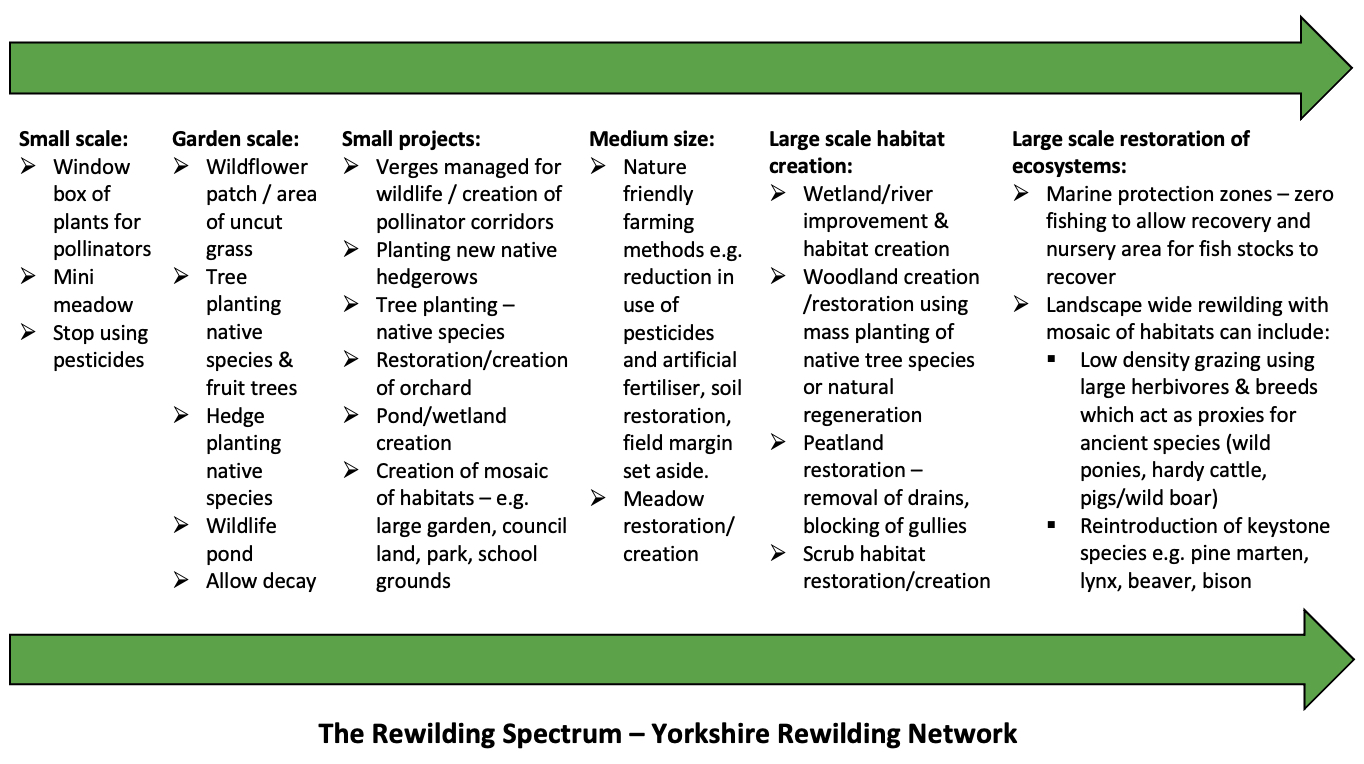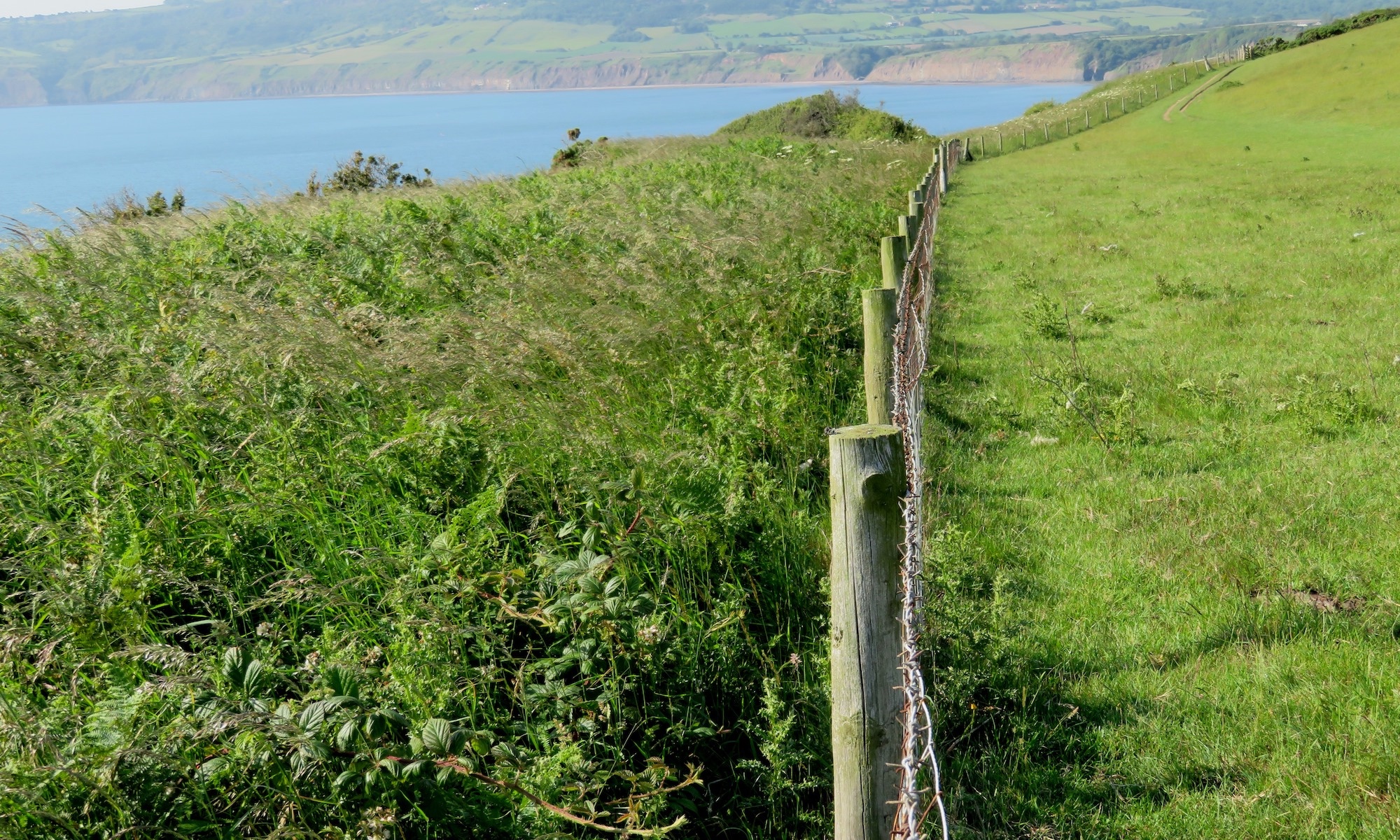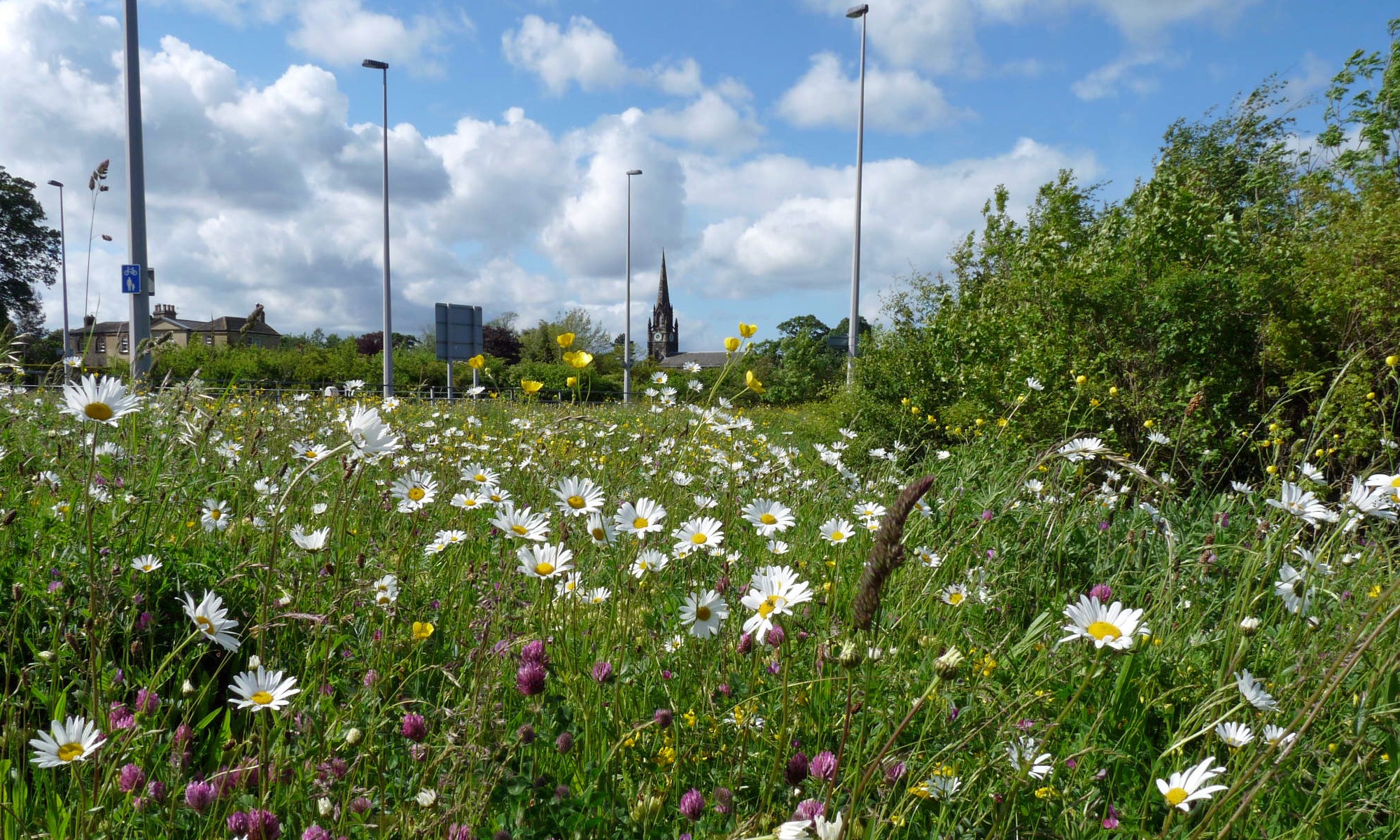What is rewilding?
For us, rewilding is bringing nature back home. We want to kickstart processes that allow nature to reinstate itself, to flourish and change, to fill the gaps and diversify, to generate abundance.
Nature needs our help. Humans have been shaping the landscape for thousands of years. We have used tools, machines, animals and chemicals to clear, tidy, and control the land – leaving less and less space for wildlife. Rewilding puts nature back in charge.
Where there has been a lot of damage it may be that some action is needed to get things started but, after that, human management should be a light touch not a heavy hand.
In contrast to traditional conservation management methods rewilding does not have any goals or targets from the outset – it simply lets natural processes unfold.
What are natural processes?
Natural processes help to create and shape the natural world. When plants, insects, animals and the elements interact they move nutrients and energy from one place to another. This can happen even on a small scale. Here are some examples:
Decay – When dead material is broken down by bacteria and fungi so that the nutrients can be recycled and used again by plants.
Pollination – When insects, birds, animals or the wind move pollen from one plant to another to allow fertilization.
Seed dispersal – Different plant seeds are spread by birds eating or burying them, by animals on their fur or in their dung, or by being carried away by wind or water.
Herbivory – Plant eating animals like cattle, ponies and deer are an important part of creating and maintaining habitat. Plants can cope with some of their shoots and leaves being eaten, the animals then spread the nutrients from the plants in their dung. Animals also disturb soil to create bare patches where seeds can germinate. Too many animals can cause problems with overgrazing when plants do not have enough time to recover.
The water cycle – The way that water moves from the oceans into the air and then falls onto land and drains into streams and rivers and back into the seas.
Natural disturbances – Fires, floods and storms help to reshape and stimulate a natural environment. For example by the deposit of silt onto flood plains or for plants which are reliant on smoke to make seeds germinate.
The Rewilding Spectrum
Rewilded areas vary in size and complexity. Generally the bigger the area given over to rewilding the better. This is because a bigger area of land can support more natural processes and will lead to a wider variety of habitat and biodiversity.
However, do not be put off! Given that natural processes can take place at any scale it follows that elements of rewilding can also happen at any scale. In fact, lots of small connected patches of habitat are also really valuable. So even putting in a pond in your garden or growing some wild flowers rich in pollen and nectar can contribute. Where land is still managed, for example for food production, it can be done in a way which helps to rehabilitate and improve the entire ecosystem of the farm as in regenerative farming practice.
The important thing to keep in mind is that the more you leave nature to take the lead the better. To help you see where your project might fit in we have drawn up a Rewilding Spectrum with some examples below.

Rewilding in action
You may be interested in nature, or love to visit natural landscapes; you may be concerned about climate change or biodiversity loss and wondering what you can do to help; you may want to create a wildflower garden or manage land you own in a different way. Whatever your motivation, we want to encourage you to make a difference.
The good news is there is no one way to rewild. The benefits of restoring natural processes can be seen and experienced at every scale, meaning endless opportunities for you to positively impact the habitats around you.
The most important thing is to simply do something.
Below are a few suggested first steps…
Learn more about rewilding
We have put together some suggested links and books on the Resources page and we will be adding to this as time goes on.
Rewild your land (if you have some)
We hope to expand the website with tips and ideas but here are a few things you could start with:
- Embrace ‘mess’ – scrub, long grass, untidiness and decay is all excellent for wildlife. Start to see that ‘messy’ = ‘good for nature’
- Avoid the use of pesticides, herbicides and fungicides – use organic pest control methods instead
- Plant native plants where you can because these support a wider diversity of creatures. Wild flowers generally have far more nectar and pollen for insects than cultivars which have been selected for colour or form.
Rewild yourself!
This may sound a bit ‘alternative’, but actually it is really good to spend some time in nature paying attention to what is around you and using your different senses. You begin to appreciate just how complex the natural world is.
- Find a place to walk or to be which is away from the hustle and bustle of your daily life
- Be on your own or with a companion who agrees to be silent for a while
- Look more closely than you usually would at the smaller things: the detail of a spider’s web; the way a leaf unfurls and turns towards the light; how a bird moves through the undergrowth and trees
- Smell the things around you: plants; flowers; the earth itself
- Stop and listen: to the wind in the trees; birds singing or twittering a communication; insects buzzing
- Use your sense of touch and explore all the different textures: tree bark; leaves; petals; moss and stone
While our ancestors would have been deeply in tune with their wild surroundings, most modern humans have grown apart from nature – but we are intrinsically linked to the natural world and it deserves our respect and protection.
Be respectful
When you are out and about please remember to follow the Countryside Code:
Respect other people:
- consider the local community and other people enjoying the outdoors
- leave gates and property as you find them and follow paths unless wider access is available
Protect the natural environment:
- leave no trace of your visit and take your litter home
- keep dogs under effective control
Enjoy the outdoors:
- plan ahead and be prepared
- follow advice and local signs
Influence policymakers
Write to your local council and ask them to manage the land they own for wildlife – e.g. by leaving longer grass and sowing wild flower seeds or planting native trees and allowing areas of scrub habitat to grow.
Contact your local MP and remind them that the State of Nature 2016 report found that the UK is one of the most nature-depleted countries in the world. Ask them to stand up for nature – and to ask others in their party to do so too.
[Main image: Anne Riley]


